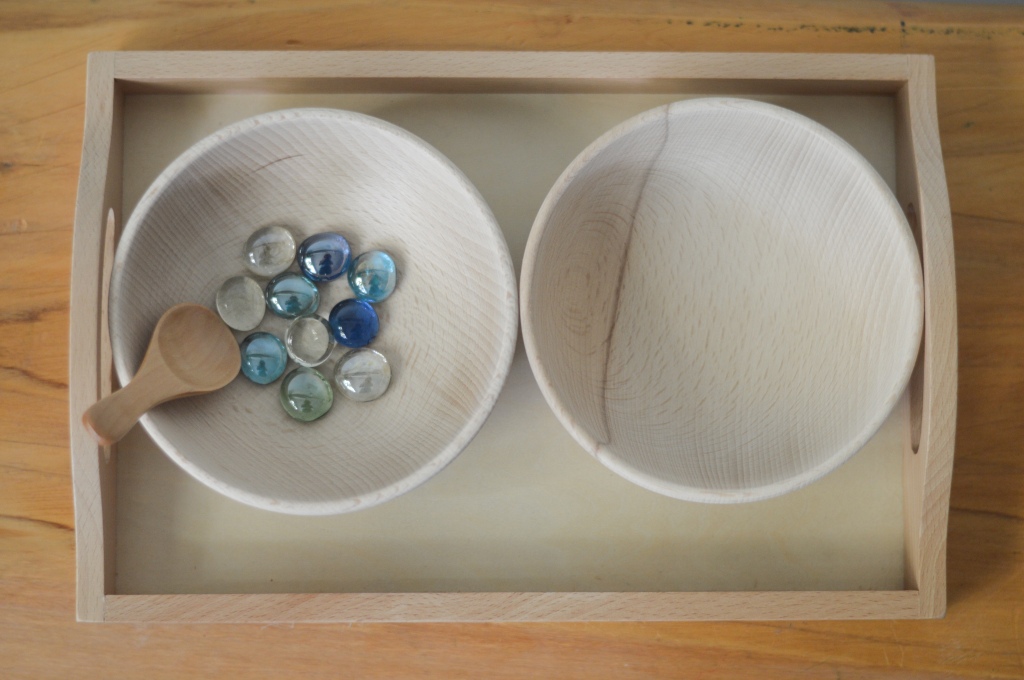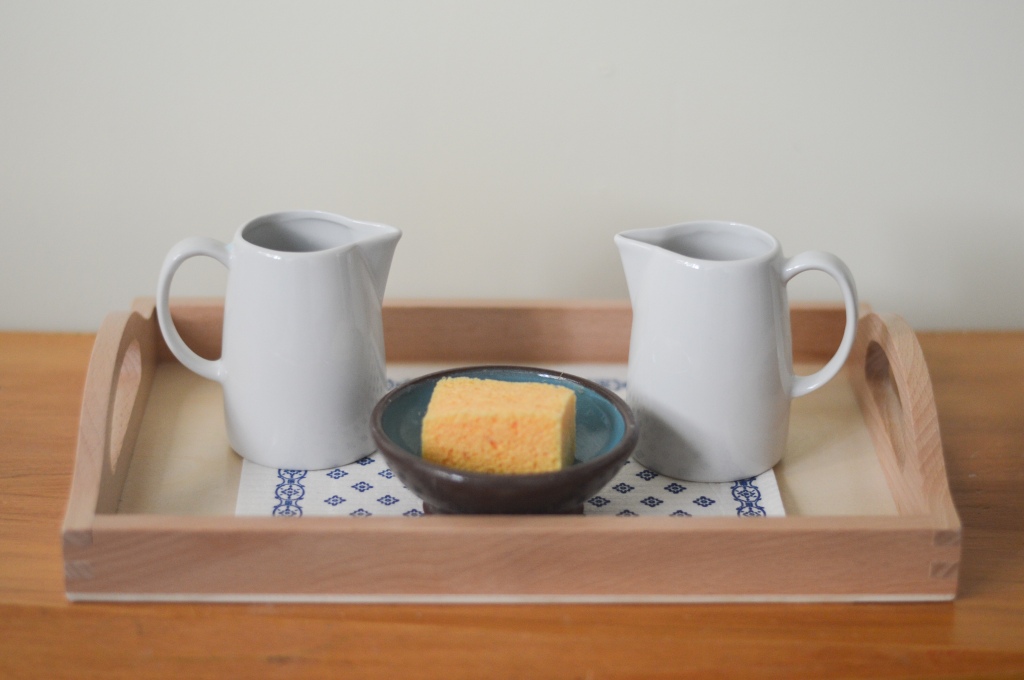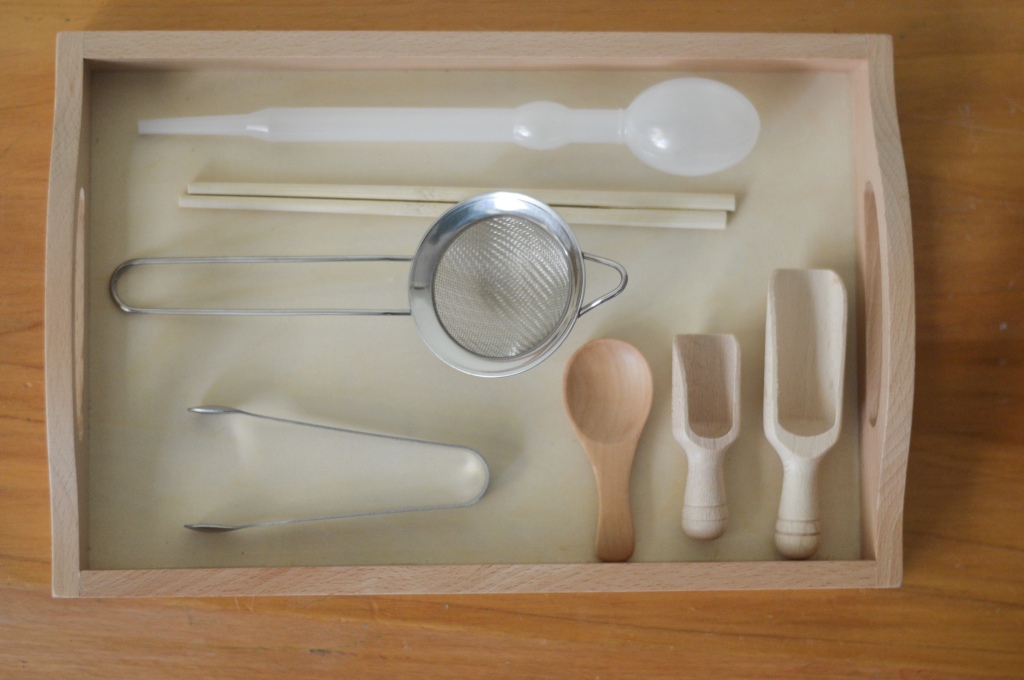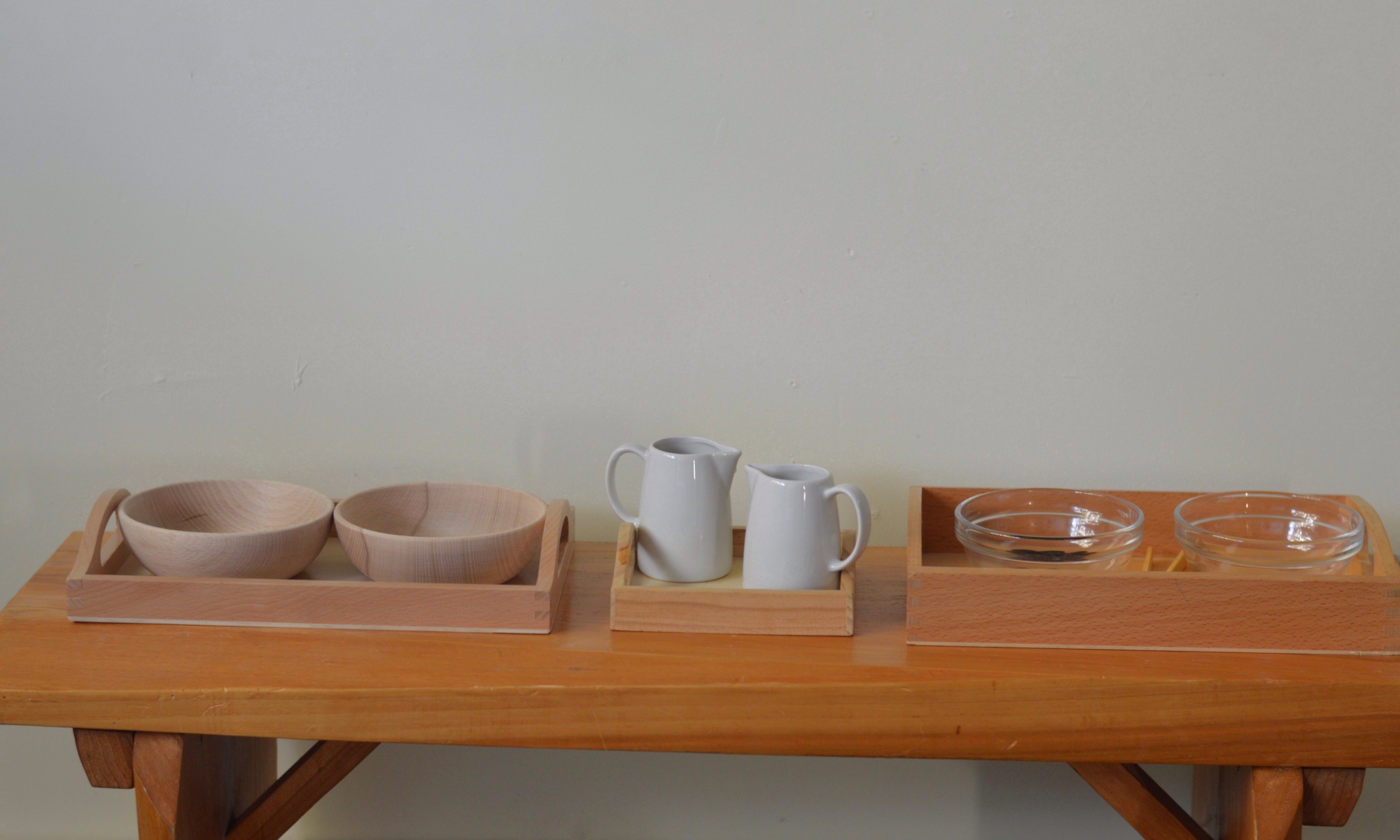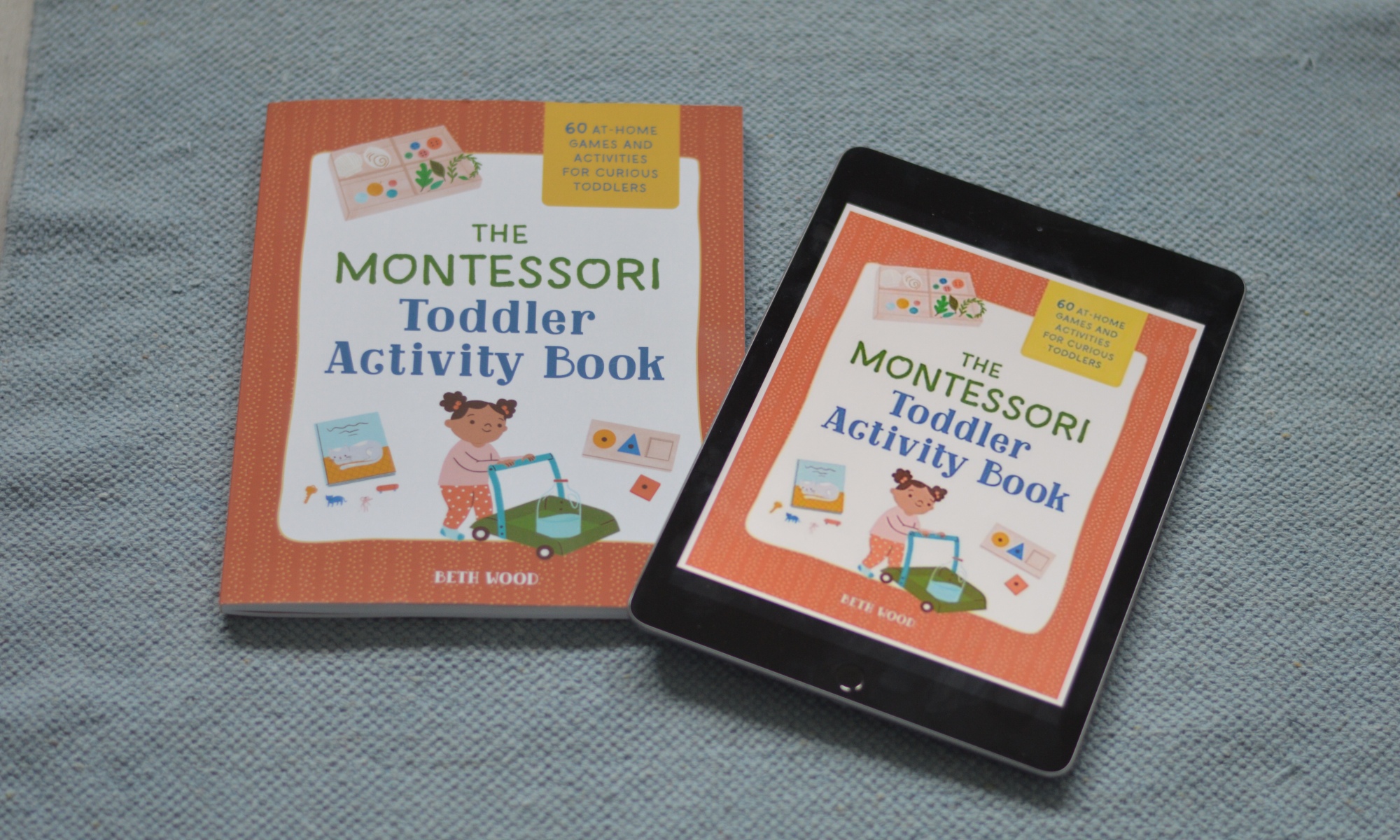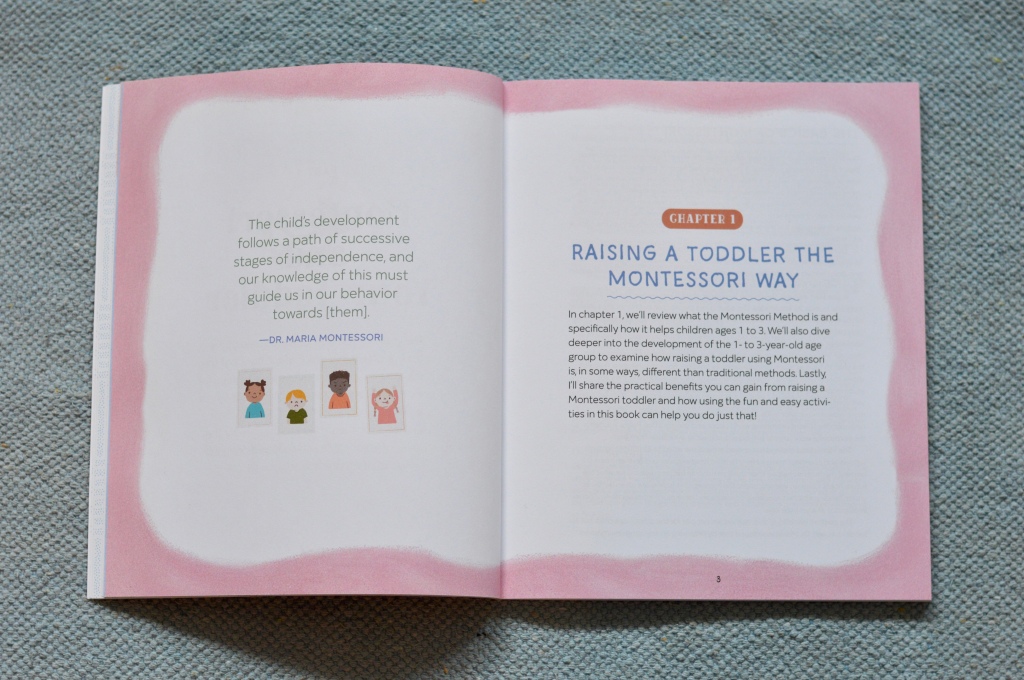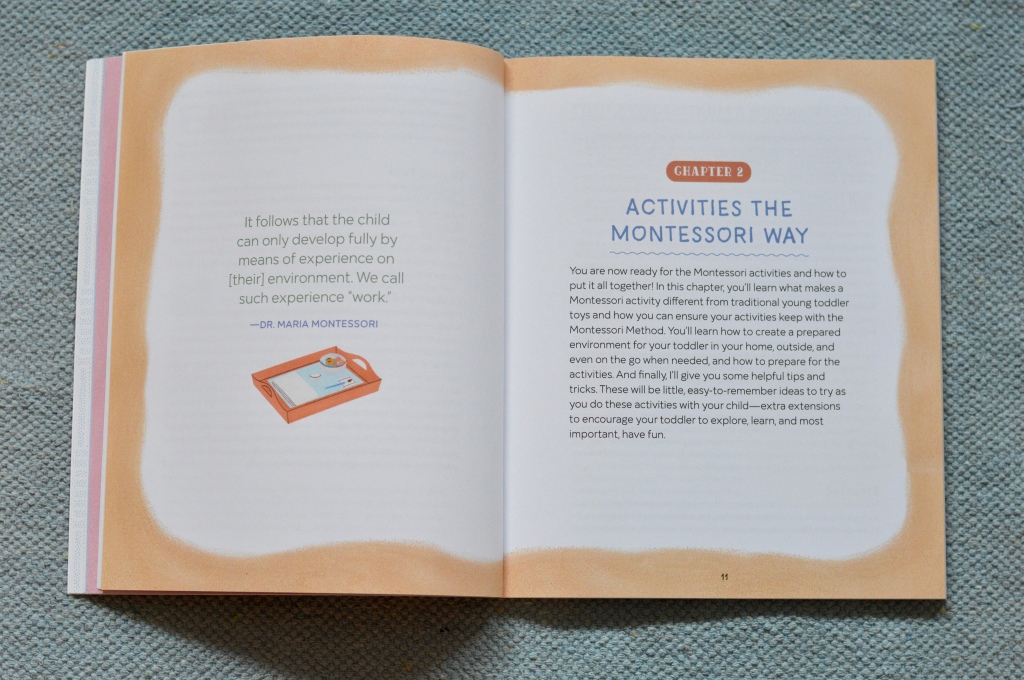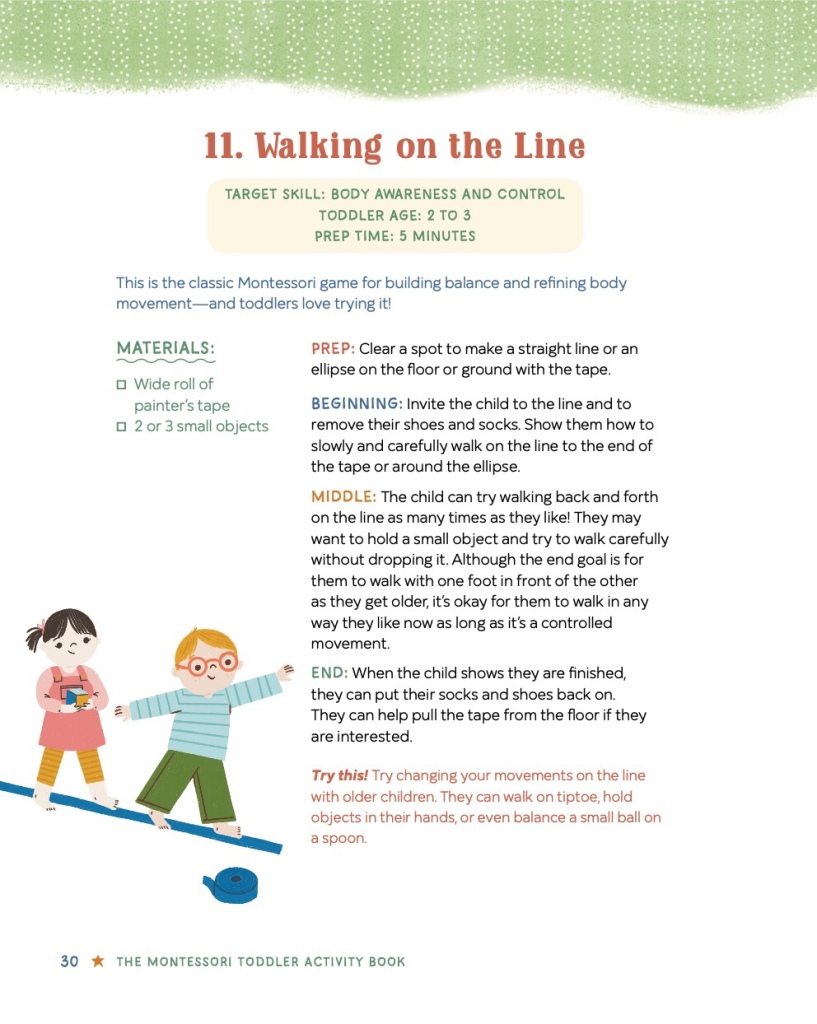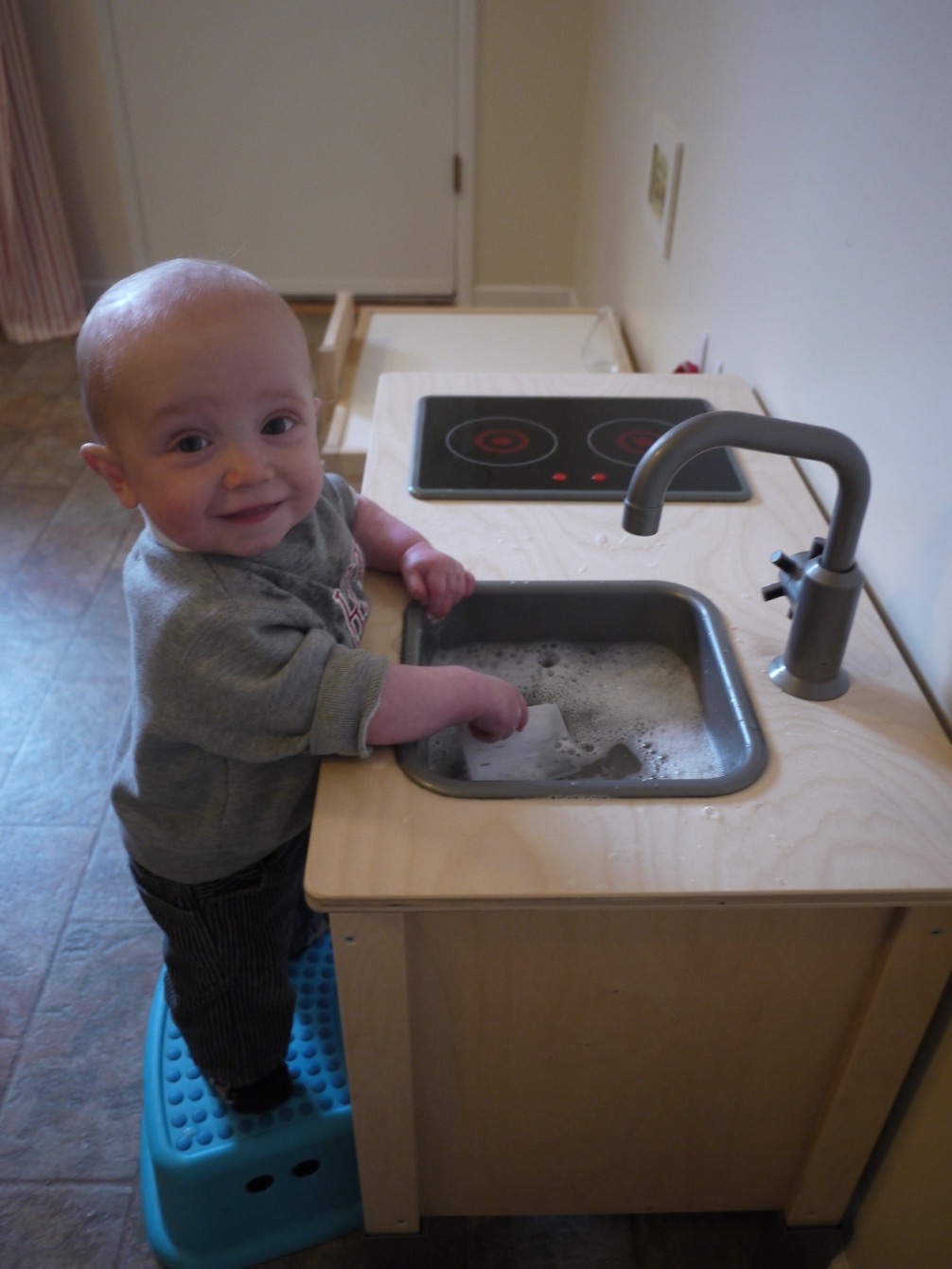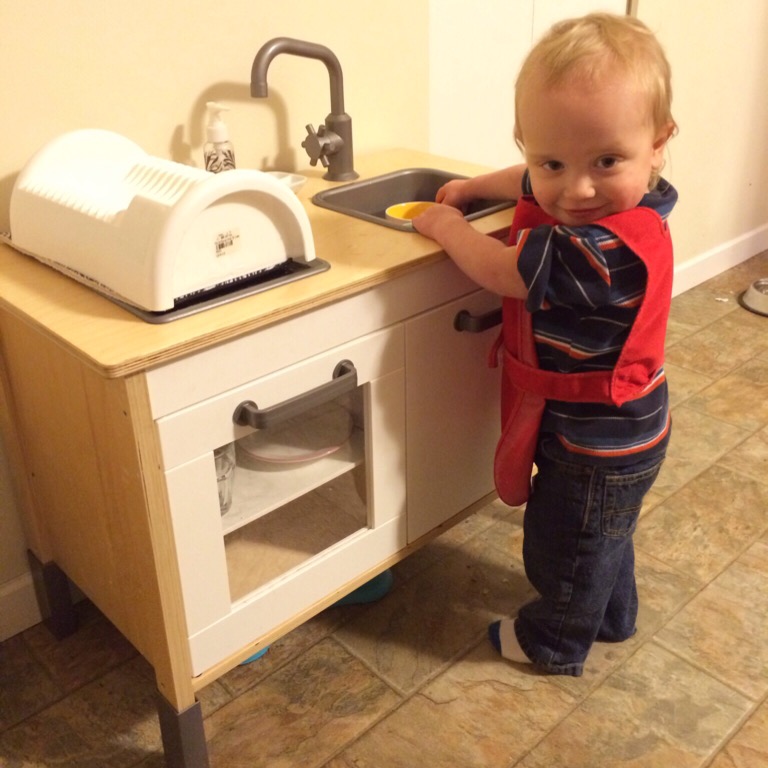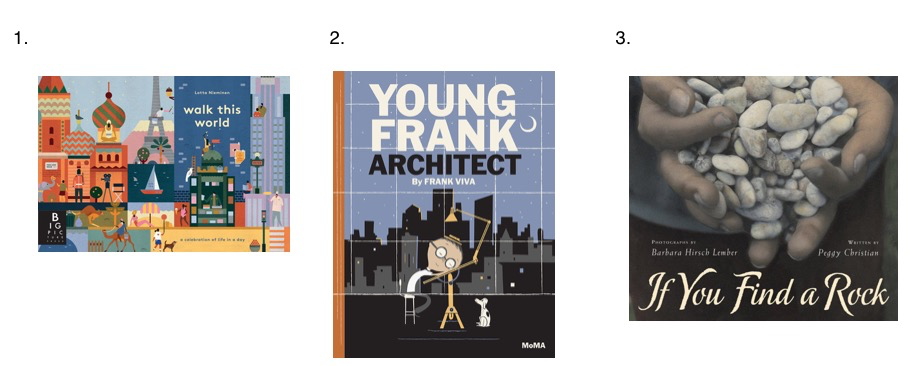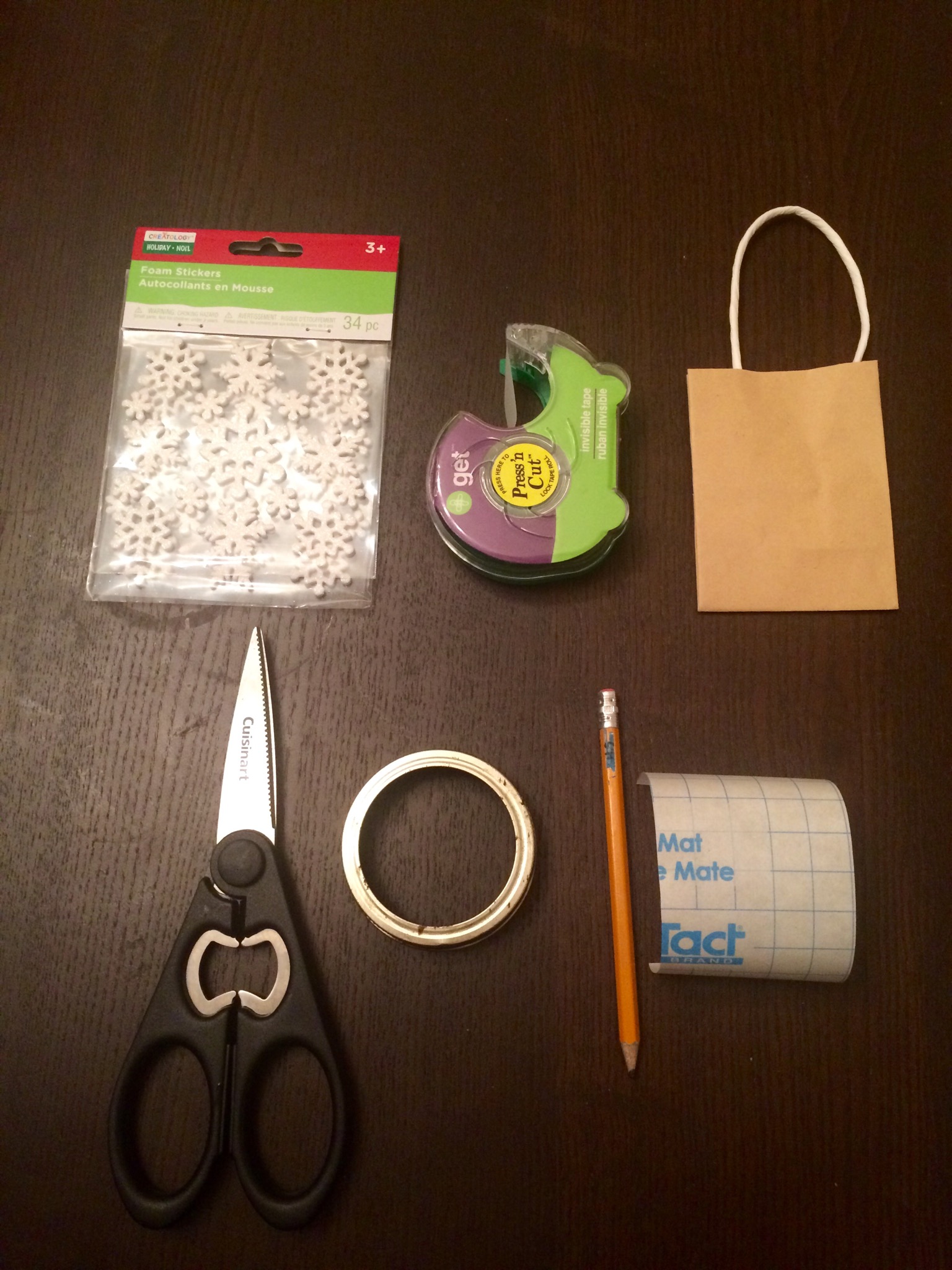
I have been asked by several people to write this and yet I put it off. It actually brought back many of the same emotions as this post did.
The same worry and self doubt crept back in. “What will people think?” “They are going to think we pushed him.” “Two year olds DON’T read. Not without flash cards. Not without drilling.”
Except. Except that mine did.
I will start at the beginning. And by beginning, just like I wrote about here, I mean at 18 weeks after conception, when an unborn child begins to hear. Long before we (and our medical team) were sure he would stay, we sang to him. And read to him. And talked to him. Words were a part of his world before he was a part of this one, and so, maybe it wasn’t surprising that early on we could see that he loved language.
Our reading, and singing and talking didn’t stop. We filled his world with language and so it wasn’t long before he realized that the symbols he was seeing with the pictures meant something.
I’ll get the disclaimer over now: yes Quentin has nomenclature cards in both the home and school environment, for matching games and for verbal vocabulary interests but never, in either environment, has Quentin ever been subjected to flash cards and drilling. I feel both fall far outside of the values found in the Montessori pedagody.
As Quentin’s interest for language grew, we “Followed the Child” and began offering materials that would compliment the materials he would one day find at school.
I purchased Montessori Letter Work for Quentin just before his second Birthday. You can see him using it a month later here on Instagram. He loved the pictures and loved pointing to his “q”. I put it on his shelves and it has been invaluable to him.
Anthony gave him the Melissa and Doug magnetic letters for his second birthday. It is a good set although we would like it better if it had multiples of the letters. As you can see in the following picture, we are using the “u, n, & c” just to get “Quentin”.

This was taken December 1, 2014. He had just turned 31 months. By then, the intensity with which he was seeking language was at a peak. He had started school in September and now his home Montessori materials could be supported by the traditional Montessori classroom materials. He quickly mastered all the phonetic letter sounds. Then he slowly began to realize he could manipulate the letters to make different sound groupings. In other words, he could make words. “A, t, at” he would sound. Then he would place another beginning sound in and start again.
The salt tray gave him another sensorial aspect. He could try and trace what he saw. He could get “x, c, o” and of course a capital “Q”, but mostly it was just to add another demension to what he was doing with the book and magnets and us reading to him.
And then, as the month of December progressed, I could start to see the frustration build in him. Not anything serious. I don’t even know if he could put it into words, but well, the light in his eyes surrounding language just started to dim. He would occasionally chose his letter book. Sometimes he would pass by the fridge and pick out a letter to show me. But that was it. The excitement and passion he had felt before was gone. I talked to the school. I talked to other Mom’s. I thought about it laying awake at night. “He is way too young for reading.” “This was all just a phase.” Kept rolling around in my head from the Mothers I’d talked to. “He’s only 2.5” I kept trying to tell myself. And then, I put all of that nonsense in my head aside, and I made him a Moveable Alphabet.
“I made you something.” I told him when he got home from school one day.
He came running back “Mama! You made me my letters from school!”

It still brings a tear, because he hugged me and kissed me and ran off to try it. And because I knew I should have never doubted him. Never held him back.
And that was it. The light was back. I printed the alphabet from Montessori Print Shop as well as some picture CVC cards with the first sound missing. I placed three cards and three letters in our sorting tray and gave him a lesson on how to use it. We identified the picture “mug”, and then he would pick the correct sound he needed. He got it right away. But he couldn’t stop at just the three in the tray. As he continued to recognize more and more of the letters and their phonetic sounds he was able to start doing more of the cards.
When it got to be a bit easy, I started just using one picture card at a time and putting all the required letters in the tray. He would take out the “mug” card, place it on the work mat. I would add the “m” on the card, then he would match the letters in his tray in correct order, laying them under the card.
That was the middle of January. One month after I’d made him the alphabet.
We are off on Spring Break together. He asked me to make him something for the holidays. And then, once again he humbled me.
https://vimeo.com/122471435
He is using the words from the Bob Books Set One. He matched all the Moveable Alphabet letters himself.
Now it’s a matter of building his sight words from those he can sound which are still phonetically accurate CVC words. I came around the corner this morning to hear him reading in his teepee. He had all his stuffed friends gathered around. I couldn’t tell if he was reading the reader from memory or sight but he was so proud of himself that I didn’t interrupt.
Slowly introducing sequenced activities allowed him to keep his interest and build on his skills. “Follow the child”. Using materials that interested him and that he could physically manipulate (as in any Montessori setting) increased his interest and helped him retain key concepts like sound blending.
His age had nothing to do with it. Neither did flash cards. This was all him. Right from the beginning.

